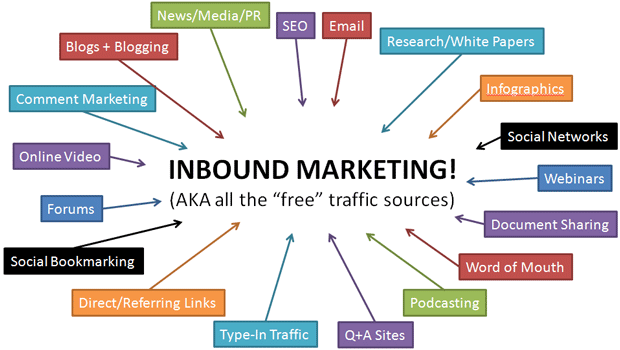I happened to bump into a former colleague at a recent convention. This former co-worker of mine told me that he learned a lot of best practices in one of my talks. He also mentioned that a very particular idea stuck with him; and from that moment on, he decided to include it in his own business’ manifesto. I tried to recall what it was, and that’s when I remembered that it was during one sales conference a few years back.
During that particular forum, I remembered that I was discussing our company’s unique selling propositions. I was telling all the attendees the factors that separated us from the rest of our competitors. During this time, I didn’t give out any of the competition’s names, but I used the term “the neighbors” when I referred to the competitors, as a whole. This has always been my style in any speaking engagement. I do it to sound more professional by avoiding dropping any names, or mentioning any competitor in particular.
Another reason why I do this is that this is my strategy to kill ‘the neighbors’ brand name. I will never mention any brand name, except ours, during any conference. This is to remove any hype from the competitors’ brand. Naming your opponents in any speaking engagement will just give them free marketing hype.
When asked about who my competitors are, I always point to the fact that ‘The Neighbors’ might be bigger companies, but they don’t necessarily have a mentionable strategic foothold in certain markets as most people believe. Usually, people assume that the bigger brand names always have their presence felt and known, in whatever market they’re in. This is not always the case for ‘the neighbors.’ Also, one of the last things I want to do is to draw any attention to them while promoting my own business.
That former colleague I bumped into, unfortunately misinterpreted this strategy of mine as indifference. He instead construed my non-mention of specific neighbor’s names as nonchalance to competitor activities. His understanding was to exhaust all resources to get to know your business; and only your business. This was the particular idea that stuck with him and he puts it into the heart and soul of his business. During all those years of operations, never once did he pay attention to what ‘the neighbors’ were doing, and focused entirely on his own business.
This wasn’t what I was pointing out; and to clear matters up, you should always know what your ‘neighbors’ are up to. Exhaust all energy and resources on your business, but also be mindful of what your competitors are doing. Not only does this makes you adapt and adjust to whatever the neighbors are doing, you can get best practices from it as well.
In peeking over the neighbor’s fence every now and then, you get to learn their strategies along the way, especially if these are marketing initiatives that allow them to rake in more business. Always remember that there are no limits. Copyright and trademark laws only hinder you from using the ‘neighbors’ brand and intellectual property. These laws don’t really stop you from getting the best practices and customizing certain processes to your own organization. Who knows? You can probably implement their processes better than they do.










